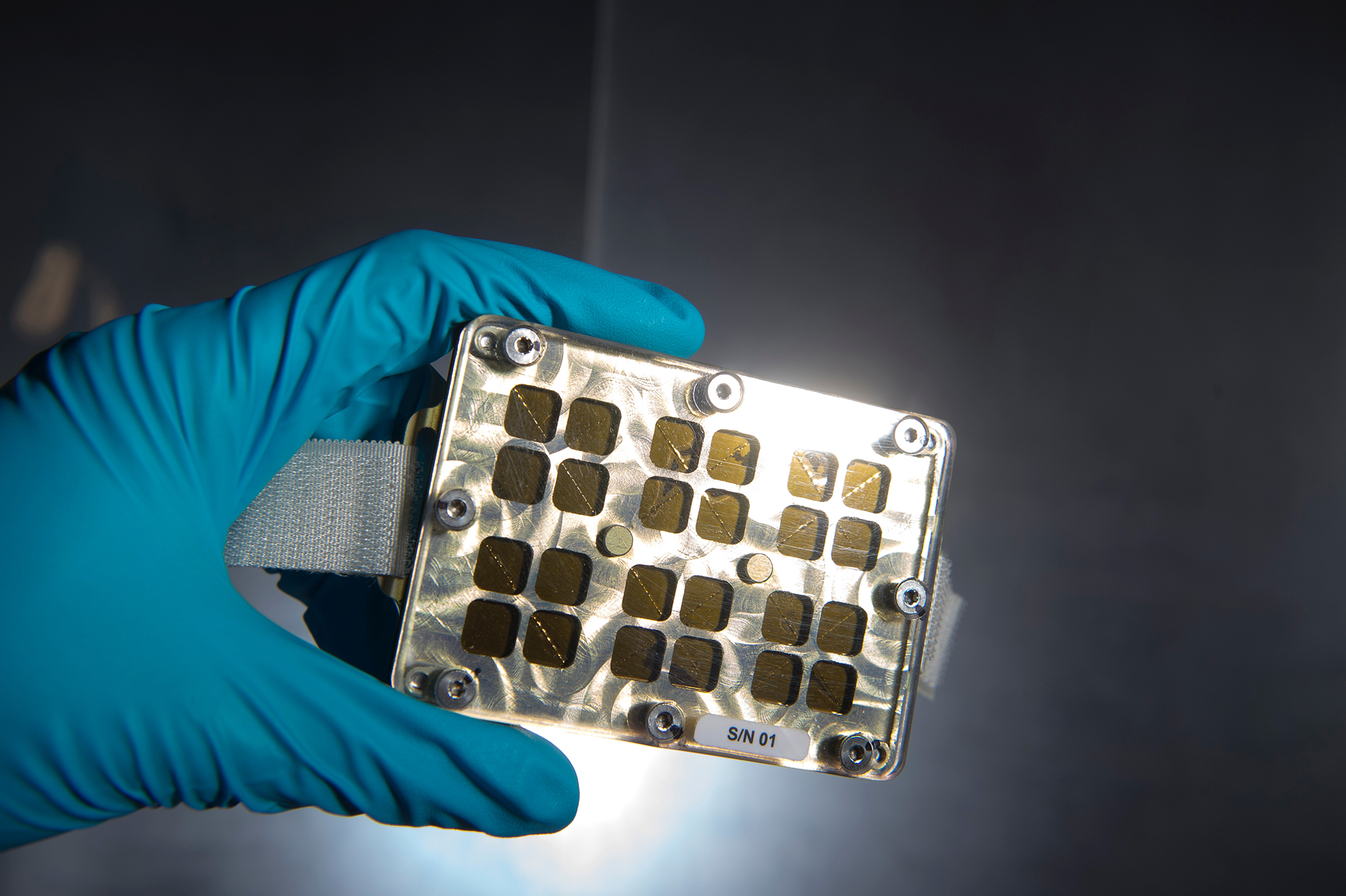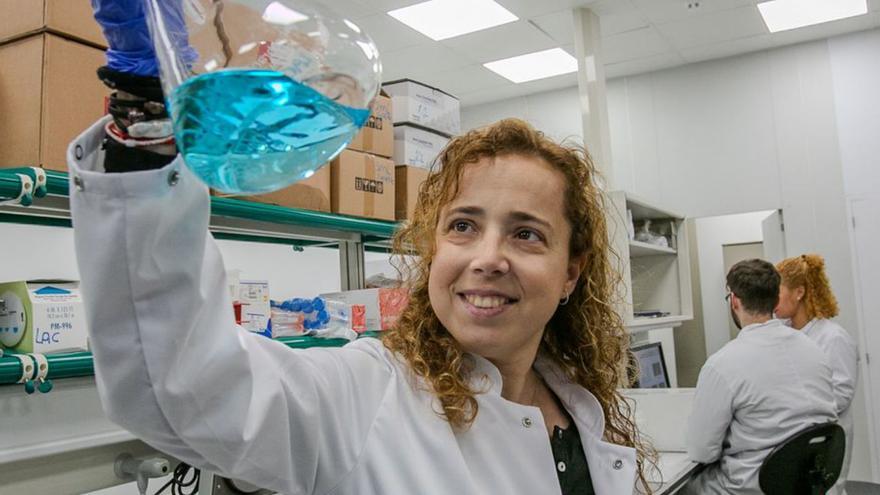We all know that a clean home is a healthy place to live. So, just as on Earth, the spread of bacteria on the International Space Station is also a huge problem for its inhabitants.
The station’s air and water is constantly recycled, and the waste can only be removed when a spacecraft leaves the International Space Station every few months. Moreover, it is known that during long-duration missions, the immune response of the astronauts decreases, among other things putting the crew at risk of possible bacterial infection. Therefore, for the various crew members who are rotating on the ISS, keeping the orbital site clean is an essential part of their lives in orbit, in order to avoid the breeding of bacteria and fungi in the first place.
The main focus of research Connecting microbial aerosols to innovative surfaces on the International Space Station (Mattis), is to find the best materials from which to build a space station or spacecraft, especially in light of long-duration missions far from Earth. So the researchers will also monitor the mechanisms by which bacteria form biofilms that protect them from cleaning agents and help them stick to surfaces.
A biofilm, or biofilm, is a thin assemblage of microorganisms attached to a solid biological or inert support, characterized by the spontaneous formation of an adhesive and a protective liquid. A common example of a biofilm is dental plaque.
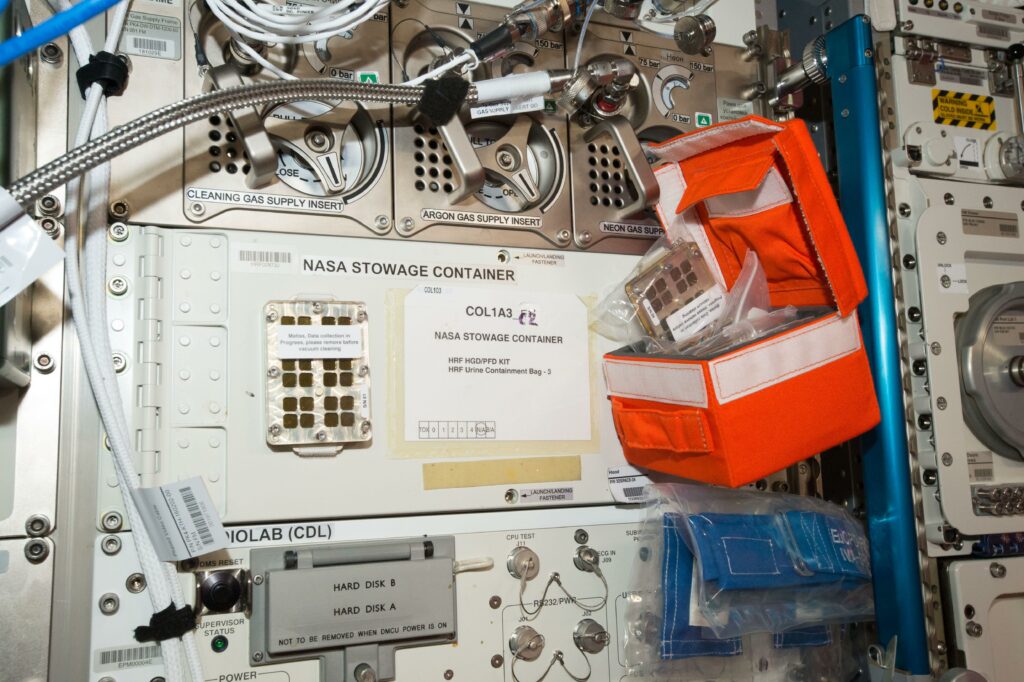
Summary
The MATISS experiment is investigating the antibacterial properties of materials found in space, to see if the interiors of future spaceships could be made easier to clean. More precisely, the experiment aims to understand the mechanisms of biofilm adhesion in microgravity conditions. Improving the interior surfaces of the International Space Station (ISS), from this point of view, is a challenge. The first objective is to simplify decontamination operations from MATISS, to save crew time; The second goal relates to space exploration: Validation of these innovative surfaces should enable new resources for future spacecraft development, including in long-distance travel contexts.
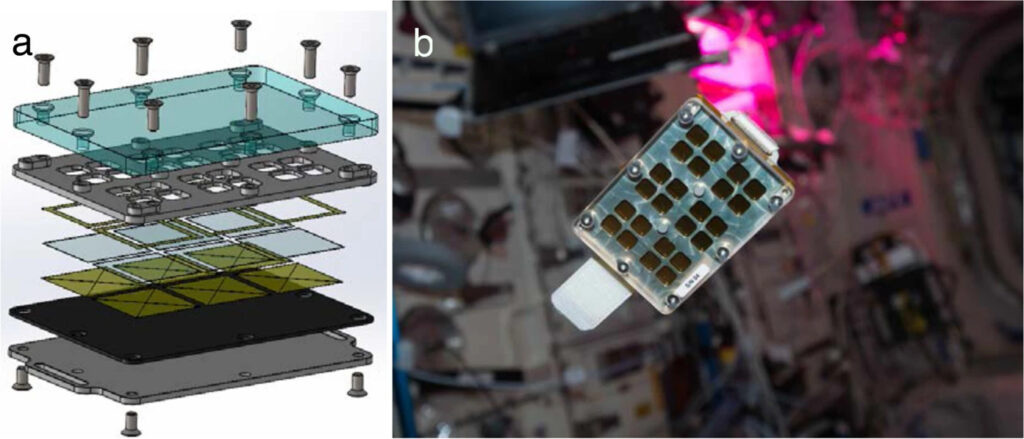
b) Picture of the sample holder (8.5cm x 6cm x 1.2cm) before installation on return network sensor housing From the port cone of the Columbus module to the International Space Station.
Credits: NASA/ESA
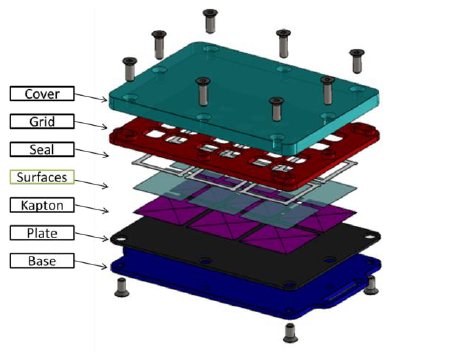
scientific team
Institute Medis and the center Cadmus, both French, leads a group of scientists from across the Alps who specialize in medicine and space physiology. The experiment was developed and sponsored by the French Space Agency.CNES), with the technical contribution ofHigh School Normal Superior de Lyonsubordinate Saint-Gobain and research institute CEA Tech – Leti.
Applications
The space applications of this experiment are still under review. In a terrestrial context, the use of surfaces Clever When setting up public transportation, operating rooms, medical clinics, or covering certain surfaces such as lift buttons, it can limit the spread of disease-causing bacteria.
a description
First experience boards Matisse -1launched on November 16, 2016 by Bajkonur with Soyuz MS-03 that began the Proxima mission of French astronaut Thomas Bisquet. They were placed in the European Columbus Laboratory, where over the course of five months a potentially innovative CNES-selected glass plate that served as a control was exposed to the station’s environment. These technological materials range from polymers Green colorand water-resistant hybrid ceramic-silica polymers.
This first set of panels provided data that the researchers considered the starting point for their work. Four sample containers were placed in three different areas of Columbus, where they stayed for six months. Back on Earth, the researchers marked the deposits that formed on each surface and used the control material to assess the level and type of contamination.
Matisse-2The development of MATISS-1 saw the use of four identical sample containers, containing three different types of material, installed in one location in Columbus. This study aimed to better understand the mechanisms of contamination spread over time on sample and control surfaces. MATISS-2 boards returned to Earth in August 2019 with SpaceX Dragon.
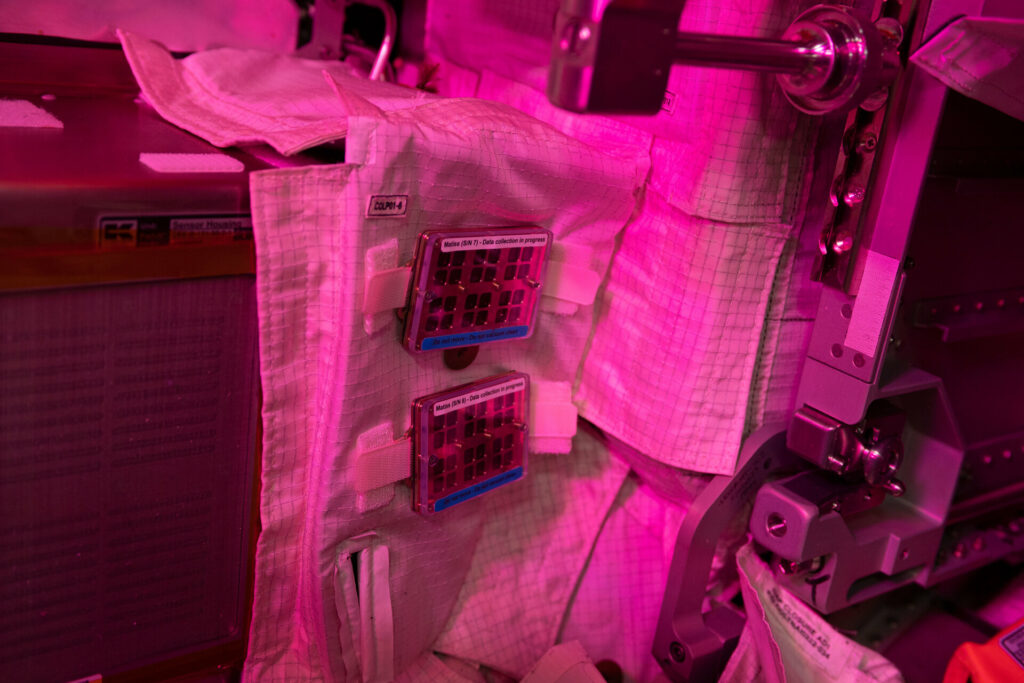
Also in August 2019 I started Matisse 2.5, a further development of French research, which aims to study the mechanisms of the spread of pollution, this time in space (meaning the atmosphere on board the ship), on hydrophobic surfaces using specially designed samples. These panels were installed by a NASA astronaut Andrew Morgan In the European Columbus Laboratory.
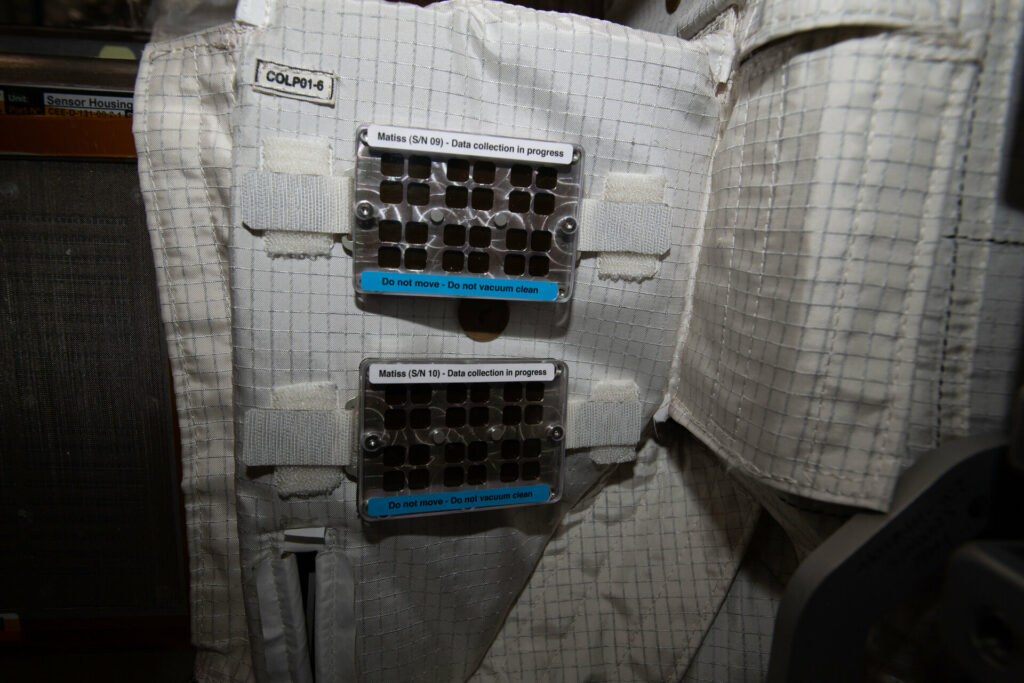
May 20 last Samantha Cristoforetti crafted the MATISS-3 paintings Contains other substances to be tested, always in a Columbus unit. After a few months aboard, these plates will also be returned to Earth for appropriate analysis.
The various sessions of the MATISS trial are expected to continue at least until Expedition 68.
Sources: NASA; ESA; microgravity npj


“Infuriatingly humble social media buff. Twitter advocate. Writer. Internet nerd.”
